Cruciferous Vegetables, Cancer and Estrogen Metabolism
What are cruciferous vegetables?
These are a family of vegetables that includes spinach, watercress, radish, cabbage, broccoli, cauliflower, Brussels sprouts and kale – has long been associated with good health.
How important is consuming fruit and vegetables?
A highly significant study from the University of Ulster was published that adds to the growing body of evidence linking the consumption of these vegetables to a reduced risk of developing cancer. (1)
Fruits and vegetables contain many biologically active compounds (phytochemicals) that help prevent free radical formation, remove free radicals, repair damage, and prevent mutations.
Cruciferous vegetables are a rich source of compounds known as glucosinolates which are metabolised when the plant cell walls are broken down by chewing, to compounds such as indoles and isothiocyanates (ITC).
How important are these vegetables to women?
It is these metabolites that are thought to be the factor linking these vegetables to a decreased risk of DNA damage. Different cruciferous vegetable groups produce distinct metabolites.
A study of 740 women with breast cancer and 810 control women, found that consumption of cruciferous vegetables, broccoli specifically, was inversely associated with breast cancer risk in pre-menopausal women (2). This may be due to effects on estrogen metabolism. (3)
Should I opt to eat more cruciferous vegetables?
Given the numerous studies now that outline the cancer protective qualities of cruciferous vegetables, I would advise that anyone with a family history or previous cancer history should adopt at least 1-2 portions of cruciferous vegetables daily.
Cruciferous vegetables tend to be better digested if they have been lightly steamed, many may experience bad wind and sometimes stomach cramps from raw cruciferous vegetables.
Oestrogen Dominance
One of the most prominent causes of breast cancer, as well as many other hormone-related health problems in both men and women, is excessive estrogen exposure from both endogenous and exogenous sources.
Endogenous estrogen is the female sex hormone the body produces as part of the menstrual cycle.
Exogenous oestrogens are environmental compounds with hormone-like action on human development and reproductive health, these sources can include:
Non-organic meat that has been exposed to hormones increases their size and weight (mainly in the US).
Car exhaust fumes.
Plastics, especially those found to package food.
Some emulsifiers are found in soaps and cosmetics.
Many herbicides, pesticides, and fungicides.
Oral contraceptives and synthetic hormone replacement therapy
Health conditions associated with estrogen dominance or imbalance:
Dysmenorrhoea
Endometriosis
Fibroids
Premenstrual Syndrome (PMS)
Polycystic Ovary Syndrome (PCOS)
References
Gill CI, Haldar S, Boyd LA, Bennett R et al Watercress supplementation in diet reduces lymphocyte DNA damage and alters blood antioxidant status in healthy adults Am J Clin Nutr. 2007 Feb;85 (2):504-10
Higdon JV, Delage B, Williams DE, Dashwood RH Cruciferous vegetables and human cancer risk: epidemiologic evidence and mechanistic basis, Pharmacol Res. 2007 Jan 25 (pub ahead of print online)
Ambrosone CB, McCann SE, Freudenheim JL, Marshall JR et al Breast cancer risk in pre-menopausal women is inversely associated with consumption of broccoli but is not modified by GST genotype. J Nutr. 2004 May;134(5):1134-8
Auborn KJ, Fan S, Rosen EM, Goodwin, L Indole-3-carboinol is a negative regulator of oestrogen, J Nuti.2003 Jul;133 (7Suppl) :2470S-2475S
Nutri Instant Expert, Female Hormone Health
Would you like to find out more about the Lantern Clinic? You can book a FREE discovery call with Dr Margarita below.



